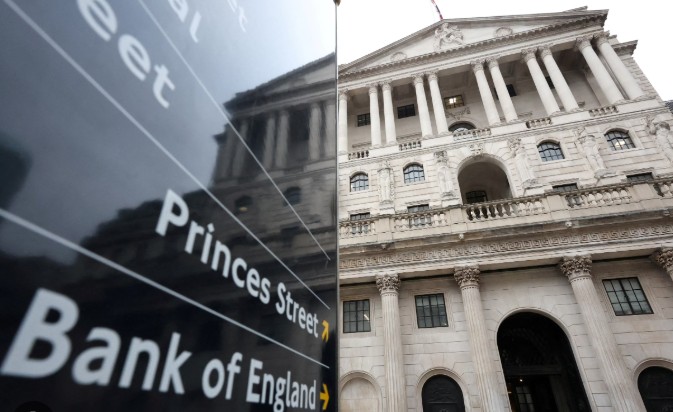UK’s Gradual Rate Cuts Set Against U.S. Trade War Impact

The Bank of England (BOE) is expected to maintain its current interest rate at 4.5% this week, continuing its cautious and gradual approach amid ongoing uncertainties caused by the U.S. trade war and mixed economic indicators in the UK. Despite the global economic challenges, the BOE is likely to keep rates steady for the time being, with reports suggesting potential rate cuts in the coming months.
Gradual Cuts Expected in May, August, and November
While the BOE has refrained from making any drastic moves in recent months, it is expected to lower interest rates gradually, with the first reduction possibly occurring in May. Subsequent cuts could follow in August and November, depending on the state of the economy and the effects of the ongoing trade war between the U.S. and its global trading partners. The cautious pace of these cuts reflects the BOE’s strategy to avoid destabilizing the UK economy as it navigates multiple external and internal pressures.
A Cautious Approach in Contrast to the European Central Bank
The BOE’s measured approach to rate cuts contrasts sharply with the more aggressive stance taken by the European Central Bank (ECB). Since June, the ECB has implemented six rate cuts in response to economic slowdowns in the Eurozone. In contrast, the BOE has been more conservative, making its first rate cut only in August of last year. The differing strategies highlight the challenges facing central banks as they respond to global economic pressures, including the ongoing U.S. trade war and concerns about economic growth across Europe and the UK.
Economic Uncertainty Amid the U.S. Trade War
The ongoing U.S. trade war continues to weigh on global markets, adding a layer of uncertainty to the UK’s economic outlook. As the trade conflict between the U.S. and China, along with broader geopolitical tensions, continue to evolve, the BOE faces challenges in forecasting inflation and economic growth. The mixed economic data coming out of the UK further complicates the central bank’s decision-making process, as it seeks to balance the need to support growth while managing inflation.
Outlook for the UK Economy
The UK’s economic performance remains closely tied to the broader global environment, with potential disruptions in trade and manufacturing posing risks to economic stability. The BOE’s cautious stance is designed to mitigate the effects of these uncertainties, providing the central bank with flexibility as it continues to monitor global developments and adjust policy as needed.
Conclusion: A Measured Approach Amid Uncertainty
As the Bank of England navigates an uncertain economic landscape, its gradual approach to rate cuts offers a contrast to the more aggressive strategies seen in other parts of the world. With the ongoing impact of the U.S. trade war and mixed domestic data, the BOE’s cautious stance may be the most prudent course of action for the time being. However, as global conditions evolve, the central bank will likely continue to adjust its policies in response to the changing economic climate.
